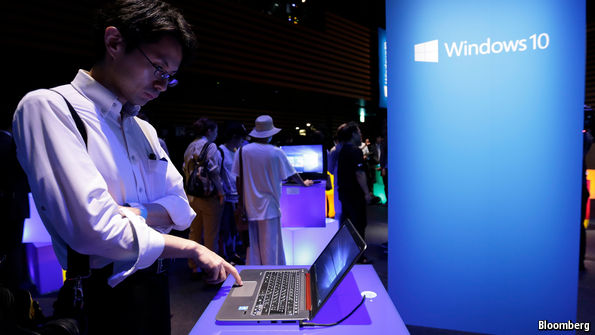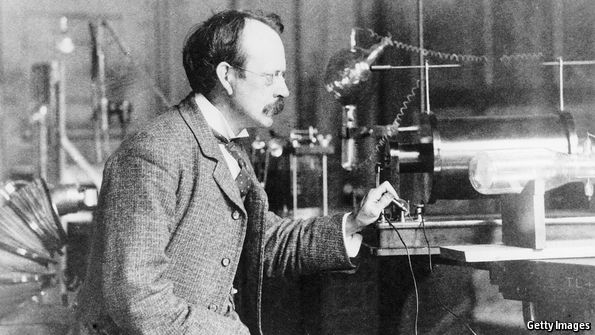Cultural evolution and the mutilation of women

GENES that increase an individual’s reproductive output will be preserved and spread from generation to generation. That is the process of evolution by natural selection. More subtly, though, in species that have the sorts of learnable, and thus transmissible, behaviour patterns known as culture, cultural changes that promote successful reproduction are also likely to spread. This sort of cultural evolution is less studied than the genetic variety, but perhaps that should change, for a paper published this week in Nature Ecology and Evolution, by Janet Howard and Mhairi Gibson of the University of Bristol, in England, suggests understanding it better may help to wipe out a particularly unpleasant practice, that of female genital mutilation.
FGM, as it is known for short, involves cutting or removing part or all of a female’s external genitalia—usually when she is a girl or just entering puberty. Unlike male circumcision, which at least curbs the transmission of HIV, the AIDS-causing virus, FGM brings no medical benefit whatsoever. Indeed, it often does harm. Besides psychological damage and the inevitable risk that is associated with…Continue reading
Source: Economist









